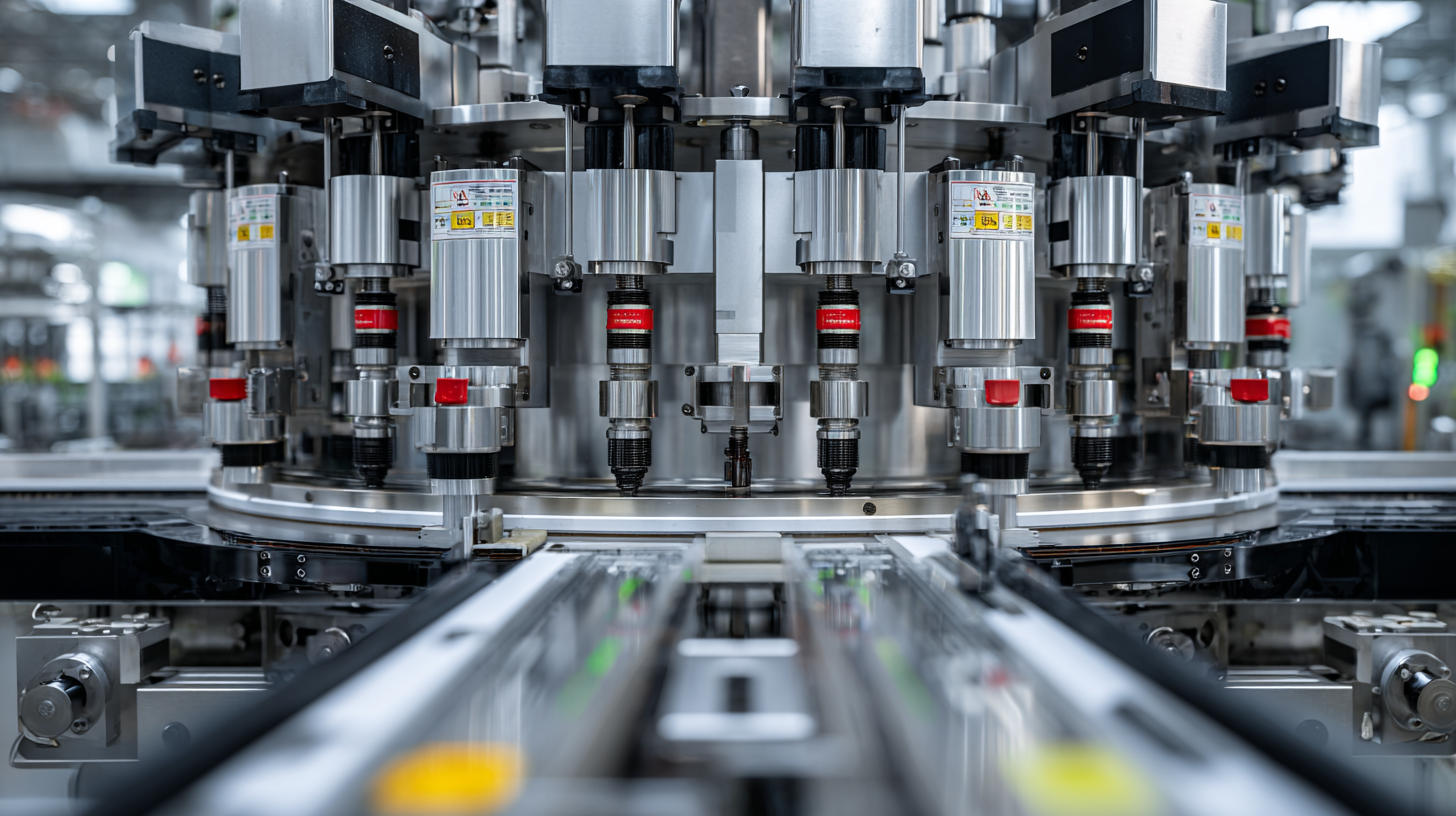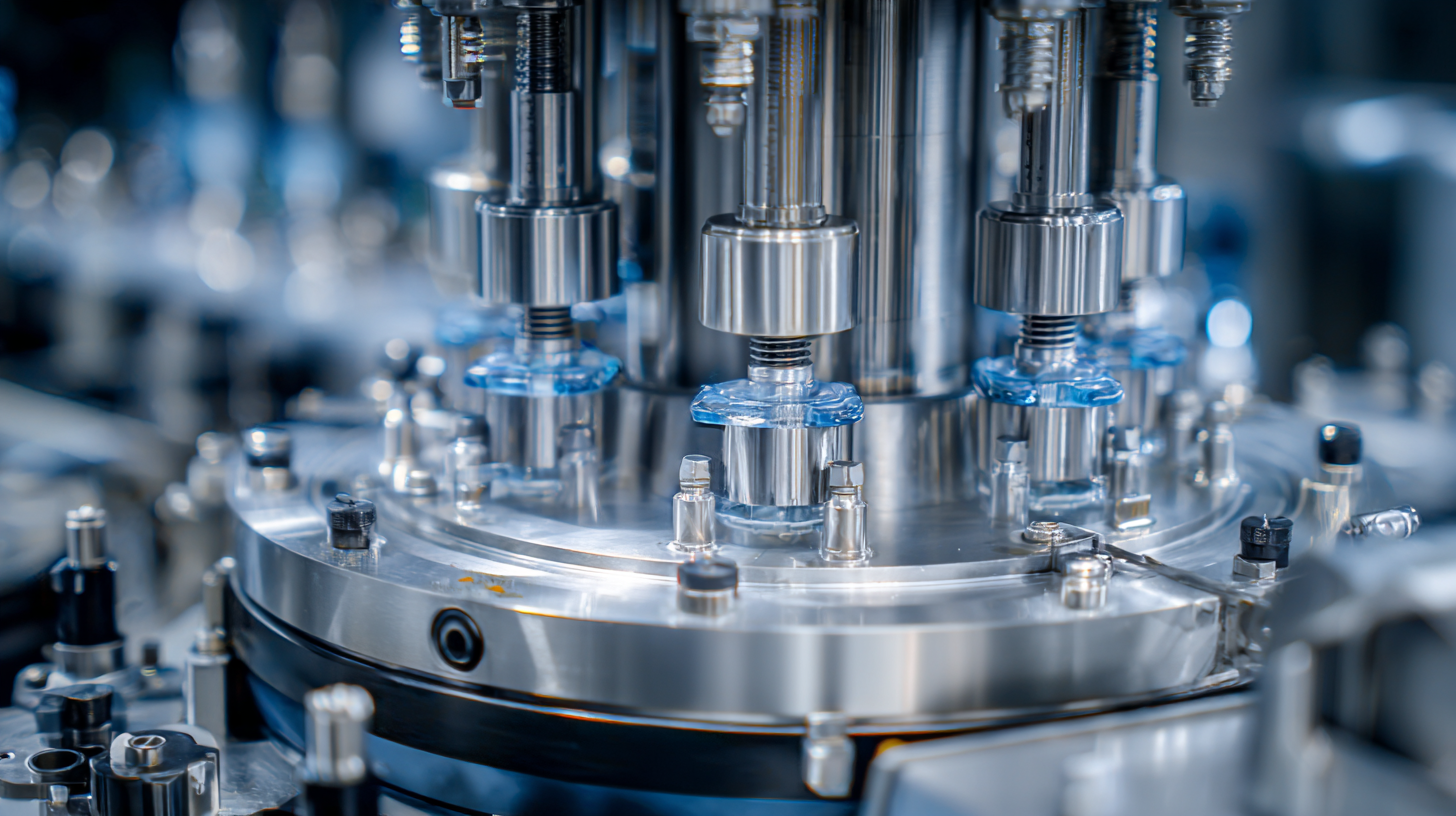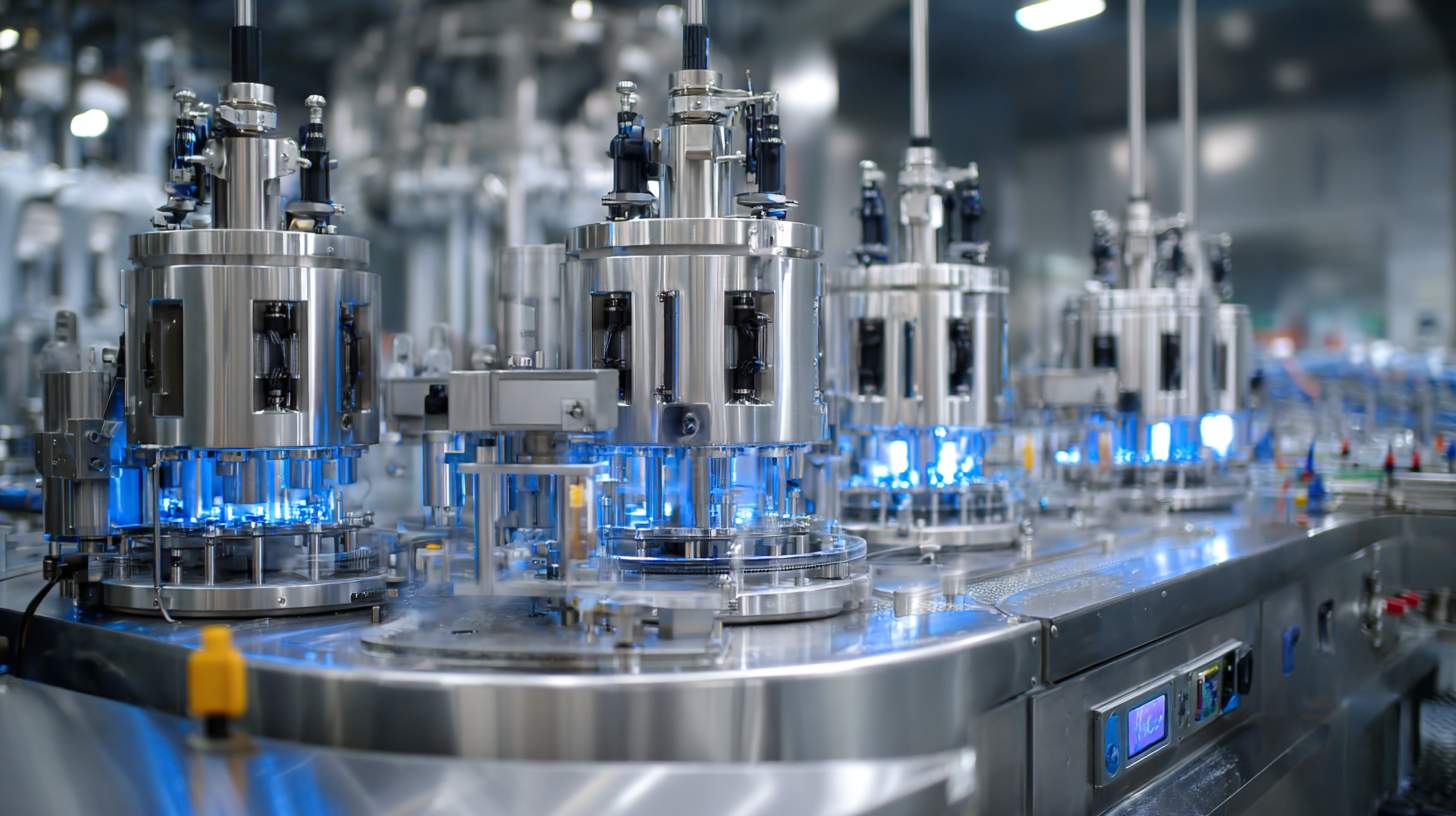Analyzing the Market Potential for Best Filling Machines in 2025 and Beyond
As we move towards 2025 and beyond, the market for filling machines is poised for significant transformation, driven by technological advancements and changing consumer demands. Filling machines are essential in various industries, including food and beverage, pharmaceuticals, and cosmetics, as they streamline production processes and enhance efficiency. This guide aims to analyze the market potential for the best filling machines, exploring emerging trends, key players, and innovative technologies that are shaping the landscape. By understanding these dynamics, businesses can make informed decisions about investments in filling equipment, ultimately leading to improved productivity and competitiveness in their respective markets. Join us as we delve into the future of filling machines and uncover the opportunities that lie ahead.

Market Overview: Current Landscape and Trends in Filling Machine Industry
The liquid filling machines market is on an upward trajectory, driven by the increasing demand for efficient packaging solutions across various industries. As of 2024, the global liquid packaging market was valued at approximately USD 371.44 billion, with projections indicating a growth at a CAGR of 5.1% from 2025 to 2030. This growth can be attributed to a shift in consumer preferences towards sustainability and the need for enhanced production capabilities among manufacturers. Both automatic and semi-automatic filling machines are playing pivotal roles in meeting these demands, further underscoring the importance of technological advancements in the sector.

Moreover, the integration of advanced technologies, highlighted in the McKinsey Technology Trends Outlook 2024, suggests that manufacturers must prioritize investments in their digital and data infrastructure to drive innovation and address labor shortages. These changes are expected to shape the landscape of the filling machine industry, allowing for improved efficiency and customization. With the paste filling machine market also anticipated to experience significant growth, reaching substantial figures in market size by 2035, the trend towards automation and modernization in the filling process continues to gain momentum, establishing a solid foundation for future developments in the industry.
Technological Innovations Driving the Growth of Filling Machines in 2025
The market for filling machines is poised for substantial growth as we approach 2025 and beyond, driven by a wave of technological innovations. Notably, the aseptic filling machine segment is expected to maintain a robust trajectory, with a market size projected to exceed USD 1.8 billion by 2024, growing at a CAGR of 4.6% through 2034. This growth can be attributed to the increasing demand for contamination-free packaging solutions, particularly in the pharmaceutical and food sectors.
Moreover, the rise in demand for bottled beverages, especially wine, is further fueling the market dynamics. The wine filling machine market is estimated to reach USD 5.53 billion by 2034, reflecting a CAGR of 7.08% from 2025 to 2034. This surge indicates not only a growing consumer preference for premium bottled products but also highlights the necessity for advanced filling technologies that improve efficiency and quality.
Additionally, the adoption of robotic vial washing and filling machines is gaining momentum, driven by the escalating need for injectable drugs. This market is on track for significant expansion, emphasizing the importance of automation and precision in the filling process. Such technological advancements are critical as they enhance operational capabilities and ensure compliance with stringent health regulations in the manufacturing of pharmaceuticals.
Regional Analysis: Key Markets and Emerging Opportunities for Filling Machines
The filling machine market is expected to undergo significant transformations by 2025, driven by advances in technology and evolving consumer demands. In regional terms, North America is projected to maintain a stronghold due to its robust manufacturing base and increased automation in production lines. Emerging markets in Asia-Pacific are also drawing attention, particularly as countries like India and China ramp up their production capacities. This shift presents exciting opportunities for manufacturers and suppliers looking to expand their footprint in these regions.
When exploring market potential, businesses should keep a few tips in mind. First, understanding regional regulations is crucial; compliance will help avoid costly setbacks. Second, investing in technology that accommodates various package sizes and types can enhance flexibility and meet diverse customer needs. Lastly, forging partnerships with local distributors can provide invaluable insights and facilitate smoother market entry.
Europe remains a key player, particularly in the beverage and pharmaceuticals sectors, where demand for precision and reliability is paramount. Innovations in sustainable packaging and filling solutions are likely to shape competitive dynamics. Companies that adapt to these trends can position themselves favorably in an evolving landscape, capitalizing on the emerging opportunities that lie ahead.
Market Potential for Filling Machines in 2025 and Beyond
This chart illustrates the estimated market growth of filling machines across key regions by 2025, showcasing significant opportunities in Asia-Pacific and North America.
Demand Drivers: Influences Shaping Consumer Preferences for Filling Solutions
Consumer preferences for filling solutions are increasingly influenced by several key factors that drive demand in the market. First, the growing emphasis on sustainability is reshaping expectations. As more consumers become environmentally conscious, there is a rising preference for filling machines that utilize eco-friendly materials and energy-efficient processes. Manufacturers that can showcase their commitment to sustainability not only enhance their brand reputation but also appeal to a broader clientele seeking responsible production methods.
Additionally, advancements in technology play a crucial role in shaping market dynamics. The integration of smart technologies and automation into filling machines enhances efficiency and accuracy, catering to consumers’ desires for high-quality, reliable products without compromising on speed. With the growing trend of customization, consumers are more inclined toward filling solutions that offer flexibility in handling various types of products, including liquids, powders, and pastes. As a result, companies that innovate and adapt their offerings to meet these evolving preferences will likely thrive in the competitive landscape of filling solutions in 2025 and beyond.

Forecasting the Future: Projected Growth Rates and Market Dynamics Through 2030
As we look toward 2030, the market for filling machines is expected to witness significant growth driven by various factors, including technological advancements and the rising demand for automated packaging solutions. The projected growth rates suggest a compound annual growth rate (CAGR) that could align with other burgeoning sectors, reflecting a broader trend towards automation and efficiency in manufacturing processes.
Several industries, such as food and beverage, pharmaceuticals, and cosmetics, are projected to substantially increase their production capacity to meet consumer demands. This is comparable to forecasts seen in the mobile gaming and telehealth markets, which are both expected to experience explosive growth in the coming years. Innovations in filling technologies and the integration of AI and IoT capabilities may further enhance operational efficiency and reduce costs, making these machines increasingly indispensable for manufacturers.
Moreover, as sustainability becomes a focal point across industries, the push for eco-friendly packaging solutions will likely shape the design and functionality of future filling machines. Companies that prioritize adaptability to changing market dynamics and consumer preferences will be well-positioned to thrive in this evolving landscape, contributing to a robust and competitive market environment through 2030 and beyond.